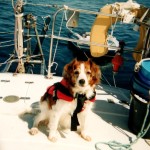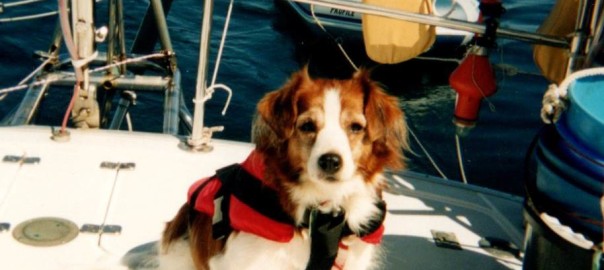
Following a huge demand for more AAI training I will offering a weekend of AAI for Counsellors in the Summer 2015.
Contact me for further details of the AAI training dates and locations.
Feedback Received for AAI Training
Animal Assisted Interventions for Counsellors at Chandlers Ford
| Sixteen of us very much enjoyed this training day, which we all agreed was beautifully put together and delivered. Comments from the feedback form included – “Loads of information in the pack,” “An excellent trainer,” “It made me think. Too many talks do not stretch me,” “Enjoyed the enthusiasm and passion conveyed,” and “Loved the dog being part of the day.” |
| Diane and her adorable dog, Jasper, took us through a day’s training on animal-assisted interventions. Diane herself is an Animal-Assisted Therapist, and told us of her work with Jasper, which has included private practice, hospice work, and work in old people’s homes.Dogs used in this work have to pass a “Pets as Therapy Temperament Test” before they can work with clients. They need not to get flustered or aggressive if their tails are pulled for example! (Perhaps counsellors should pass a similar test before practising!)We looked at the difference between animal-assisted activity and animal-assisted therapy, where the latter has a different and deeper intention – with a specific clinical goal within a course of therapy delivered by a professional. Diane told us how sometimes certain clients such as stroke victims and troubled adolescents and depressed people can reach out to and be reached by a dog more easily than a human. |
| We also had a good look at the rights of animals. Do animals choose to be pets (…err..that is “human-companion animals”) or for that matter to be involved in animal-assisted therapy? We were told that the animals involved in therapy can take on a lot of stress from clients and the therapist needs to be aware of signs that the animal is becoming over-stressed, and deal with that. Diane made the interesting observation that the concept of rights for animals has progressed hand in hand with the rights for women. It was not surprising in view of this observation that 15 of the 16 of us participants were women and that the 16th was the only one not to have an animal companion. |
| The work of SCAS (Society for Companion Animal Studies) which provides information and training in this area was described, with their focus on not exploiting animals in therapy. In particular SCAS has this year produced a Code of Practice helping therapists to deliver AAI effectively and safely.We also looked at the safe-guarding of clients, and dangers such as accidents and transmission of illnesses, and the need for proper checking of animals and appropriate insurance. I was surprised to learn that animals used in therapy include not only dogs, cats and horses, but also smaller animals and even reptiles. (not at the same time I imagine!) The day included a lot more than I have had time or space to include in this review and was a lot of fun. We did an animal quiz in groups for example, which was very enjoyable and competitive, and we were also shown how animal cards and animal toys can also be of use in therapy. |
| Personally I am interested in the Elements and came to the session with the question, “What can the animals teach us?” During the workshop, three animal cards arrived in front of me as they circulated around the table– a wolf, an owl and a swan. What did they have to say to me? I wondered. It seemed to me that the wolf was saying, “I am a creature of the wild places. Earth is my element.” The owl said, “I am a creature of the skies. Air is my element.” The swan said, “I am a creature of rivers and lakes. Water is my element.” Perhaps the animals were telling me that they are at home in the elements. The wolf for example is literally “in his element” roaming the earth. The animals are reminding me that we humans are animals too, and that we also can attune to the elements around us as other animals do so that we can live appreciatively and skilfully in our environment. |
| All in all I felt that most of the diverse needs of the participants were met, and people will know where to go next for more training and more guidance, not least because of the excellent pack of information that Diane had prepared and distributed.I have not really done justice to the day in these few words but a big thank you to Diane and Jasper for sharing their work with us.DB |
